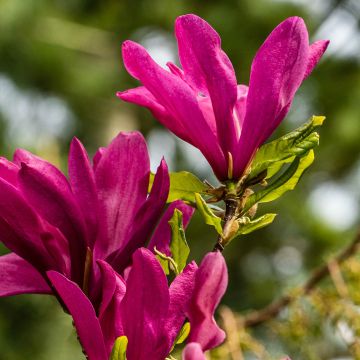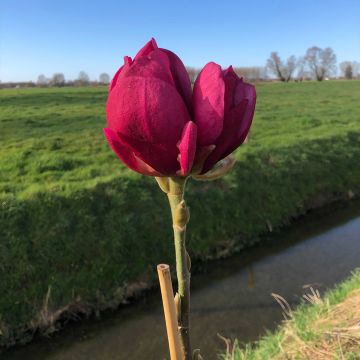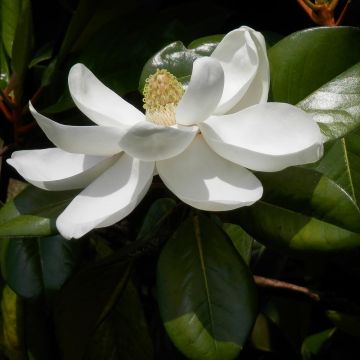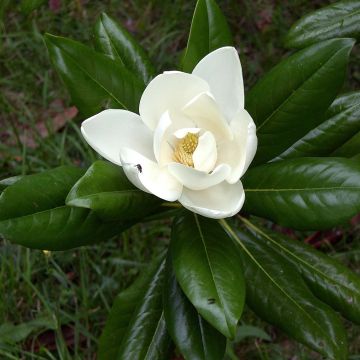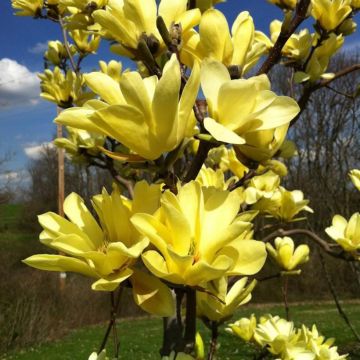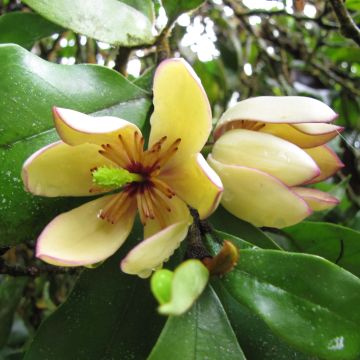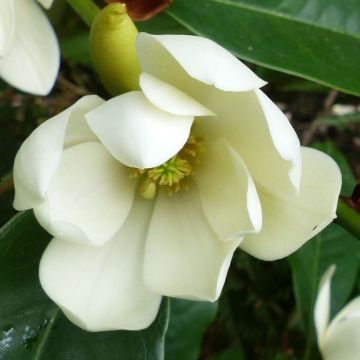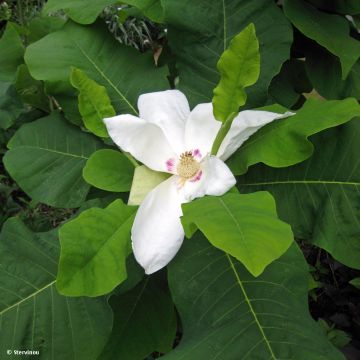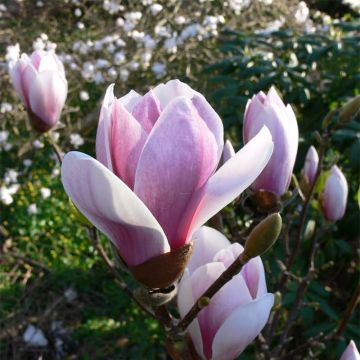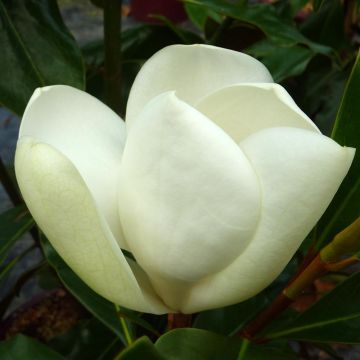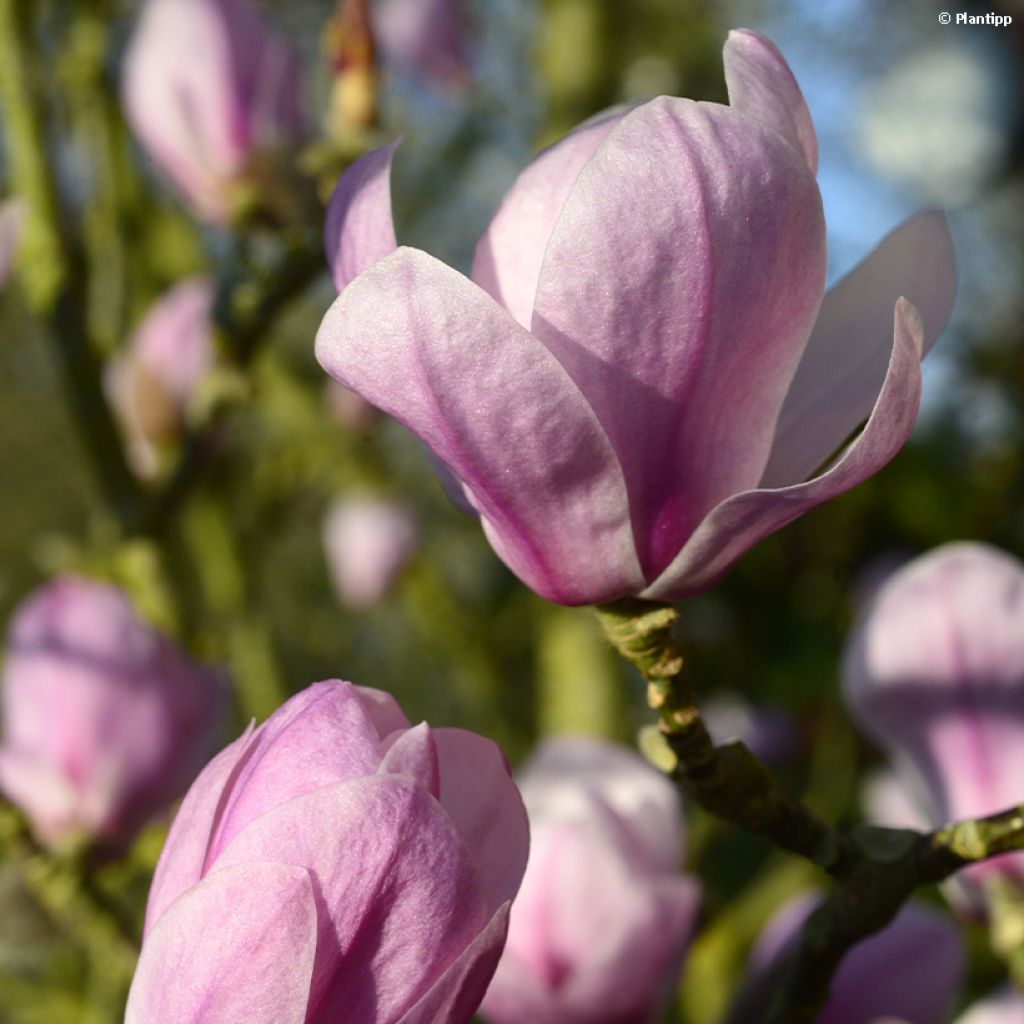

Magnolia denudata Festirose
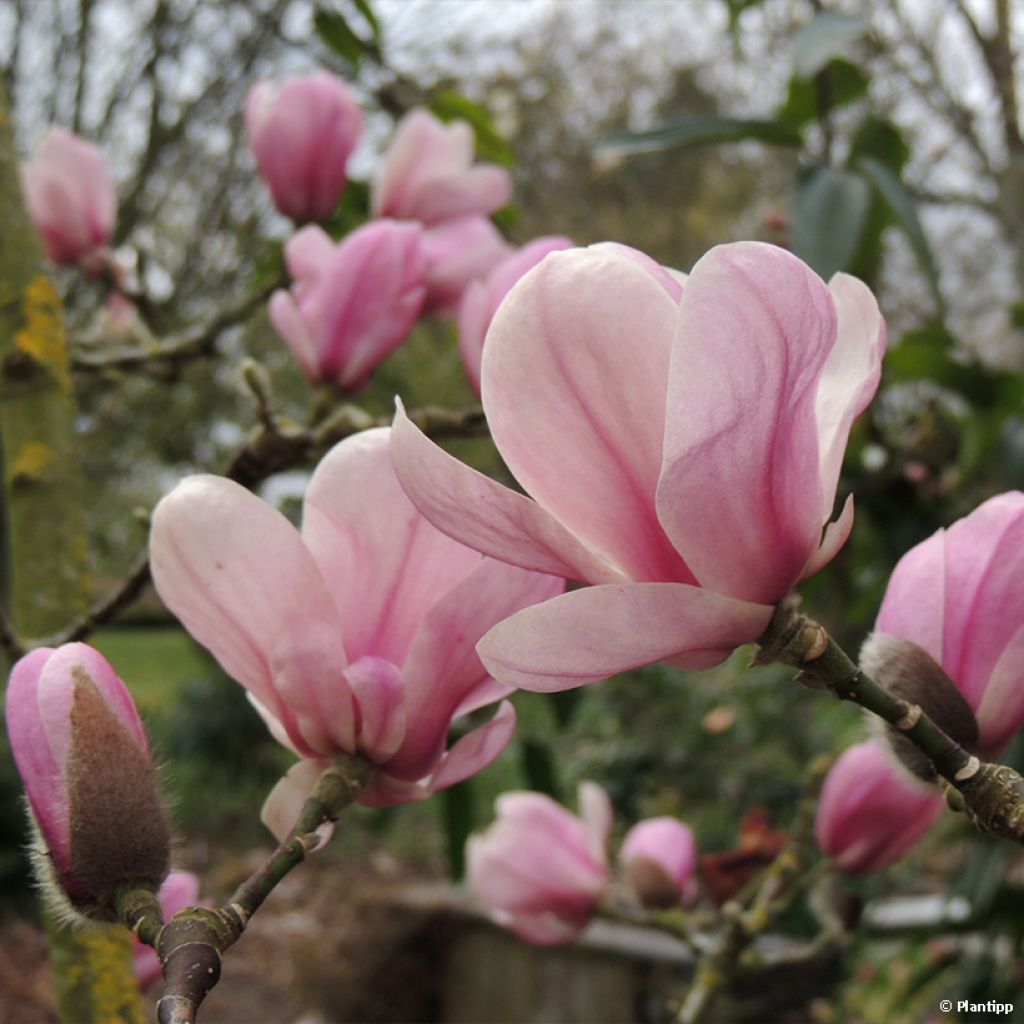

Magnolia denudata Festirose
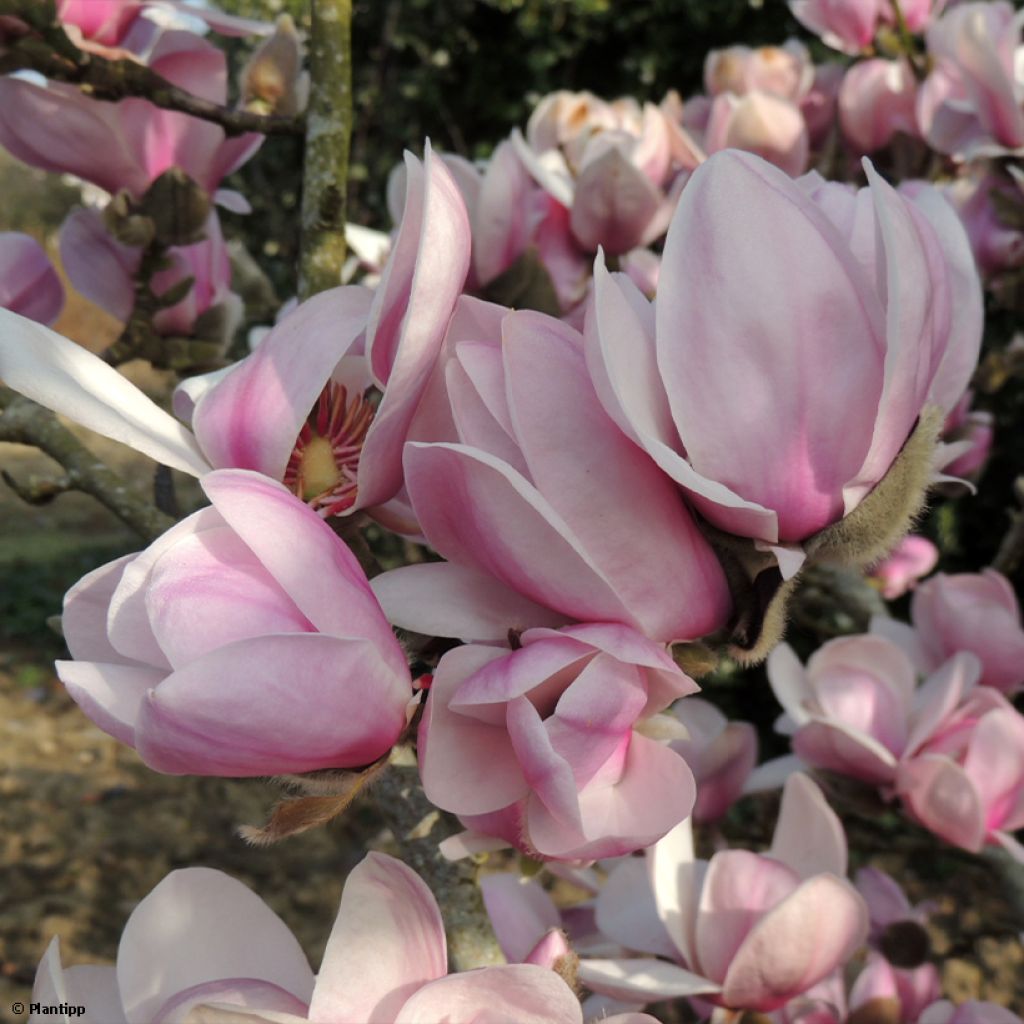

Magnolia denudata Festirose
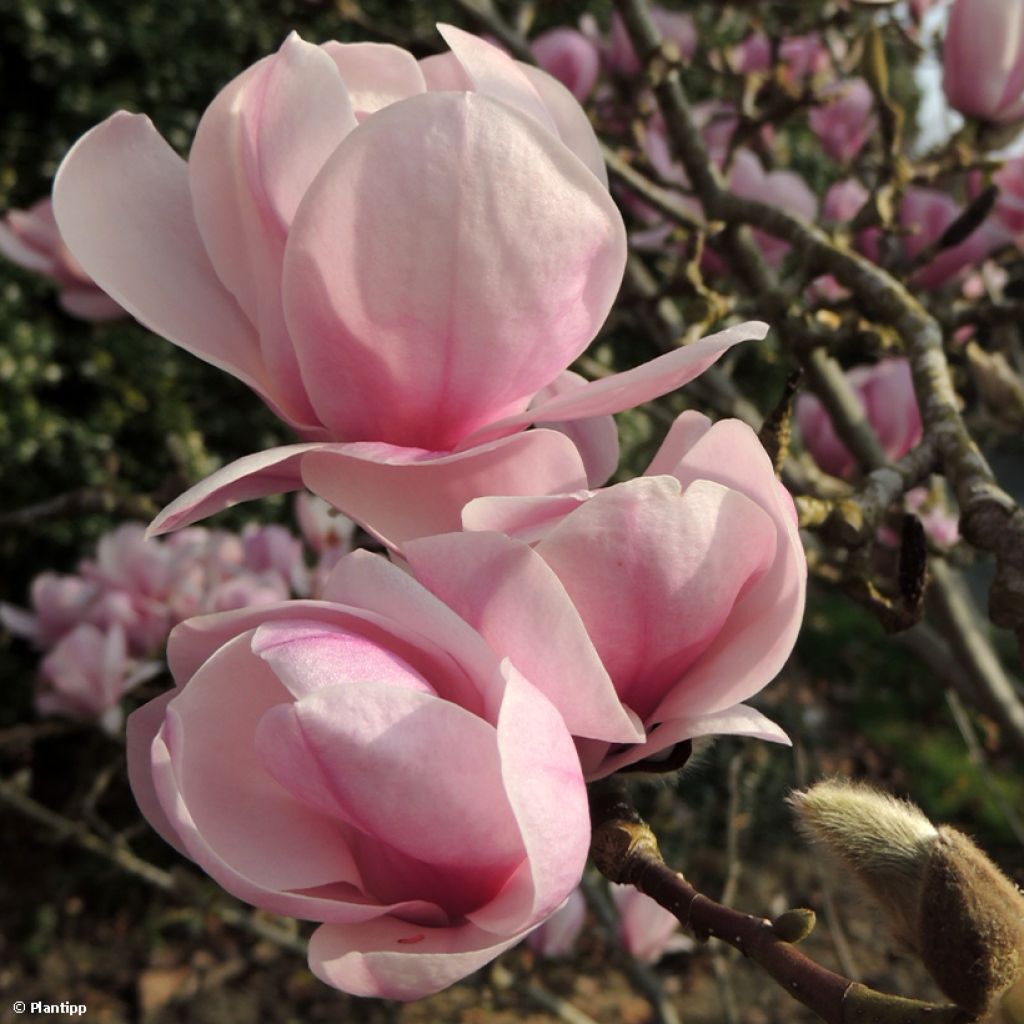

Magnolia denudata Festirose
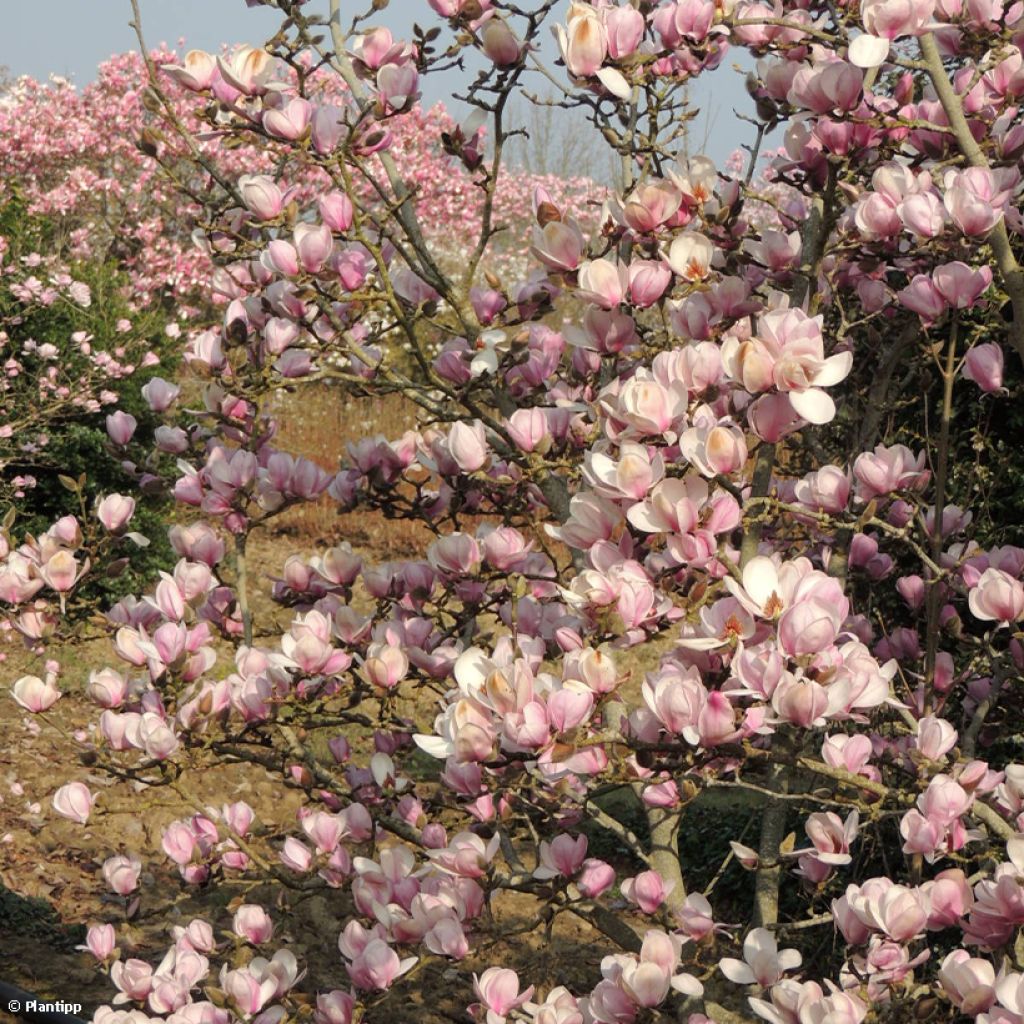

Magnolia denudata Festirose
Magnolia denudata Festirose
Magnolia denudata Festirose
Yulan Magnolia, Lily Tree
This item cannot be shipped to the selected country
Delivery charge from €5.90
Oversize package delivery charge from €6.90
Delivery to Corse prohibited
More information
Schedule delivery date,
and select date in basket
This plant carries a 24 months recovery warranty
More information
We guarantee the quality of our plants for a full growing cycle, and will replace at our expense any plant that fails to recover under normal climatic and planting conditions.
From €5.90 for pickup delivery and €6.90 for home delivery
Express home delivery from €8.90.
Oversize package: home delivery by special carrier from €6.90 per order..
Express home delivery from €8.90.
Delivery to Corse prohibited: UE law prohibits the import of this plant from mainland France to Corse as part of the fight against Xylella fastidiosa. Please accept our sincere apologies.
More information
Does this plant fit my garden?
Set up your Plantfit profile →
Description
The Magnolia denudata Festirose is a French variety of Naked Magnolia selected in 1998. Its floral buds covered with gray fuzz bloom as early as March to produce beautiful soft pink tulip-shaped flowers, 10 to 15 cm (3.9 to 5.9 in) in diameter. These flowers precede the emergence of large green leaves. This Magnolia is a large bush or small tree with a spreading habit and well-branched branches. It thrives in neutral to acidic, well-drained, slightly moist soil, in sunny or semi-shaded positions. It is resistant to cold, but the wind can damage its magnificent flowering.
The Magnolia gave its name to the Magnoliaceae family, which has only one other genus, the tulip tree (Liriodendron). It is an ancient family in the history of plants, one of its peculiarities being that its sepals and petals are relatively similar in appearance (and for this reason called "tepals"). This particularity is particularly interesting from an aesthetic point of view, as these floral appendages are of great beauty in this small botanical family.
The species Magnolia denudata, so named because the flowers appear on the bare wood, before the appearance of the leaves, is native to China. Rare as a species, it is one of the two parents of Magnolia x soulangeana and its many cultivars, which are well represented in our parks and gardens.
This cultivar 'Festirose' was selected in the Angevine region for its original flowers. Indeed, while the original species displays large pure white flowers, those of 'Festirose' have a delicate soft pink colour that easily identifies this variety. In late winter, the floral buds covered with gray fuzz announce the upcoming flowering in March or April. Large tulip-shaped flowers then appear on the bare wood, standing out well against the grayish wood and forming an unforgettable spectacle. This dazzling flowering precedes the emergence of large oval leaves, of medium green colour.
This large bush blooms from a young age and has a moderate growth rate, with a spreading habit and relatively dense branching. An adult plant will reach about 4 m (13 ft 1 in) in height and 3 m (9 ft 10 in) in spread. It requires no pruning unless a branch needs to be shortened. It is resistant to approximately -20 °C, but it is preferable to plant it in a sheltered location to preserve its beautiful flowering.
This beautiful Magnolia Festirose with its romantic appearance will create beautiful mixed borders alongside plants with similar requirements, such as the Hydrangea macrophylla Tricolor, a decorative variegated foliage hydrangea throughout the season and with late flowering until autumn, thus forming an interesting landscape scene for much of the year. A Skimmia japonica Rubella will intercalate its red-pink flowering between the previous two, as well as persistent winter flowering. An Oxydendron arboreum, or Tree Andromeda, will complete this beautiful picture with its delicate summer flowering in clusters of small white bells, and especially the flamboyant autumn coloration of its foliage.
Report an error about the product description
Magnolia denudata Festirose in pictures
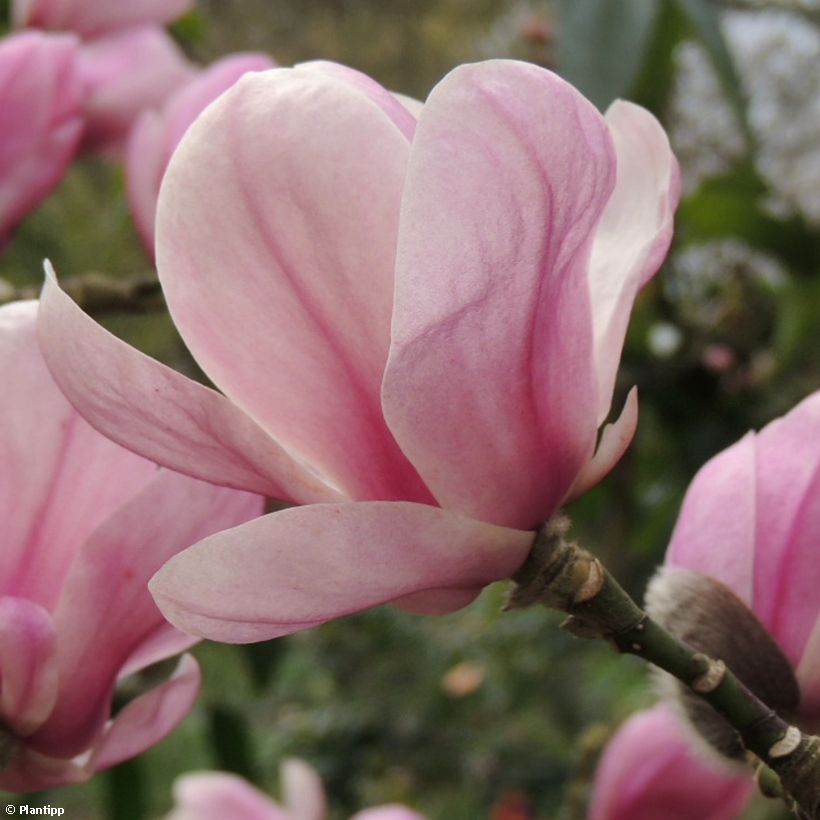

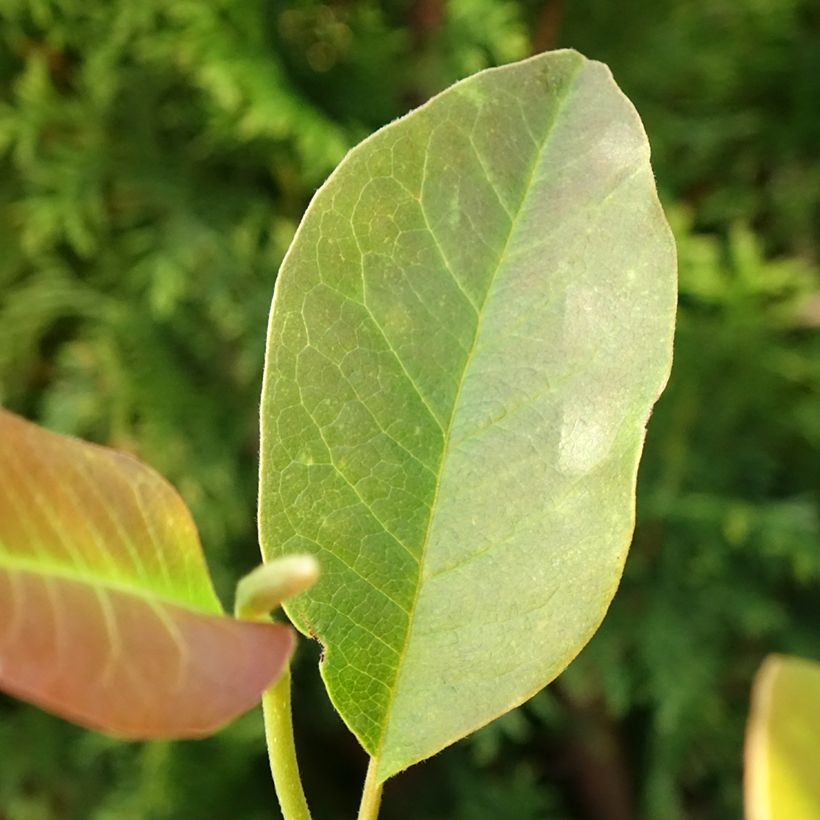

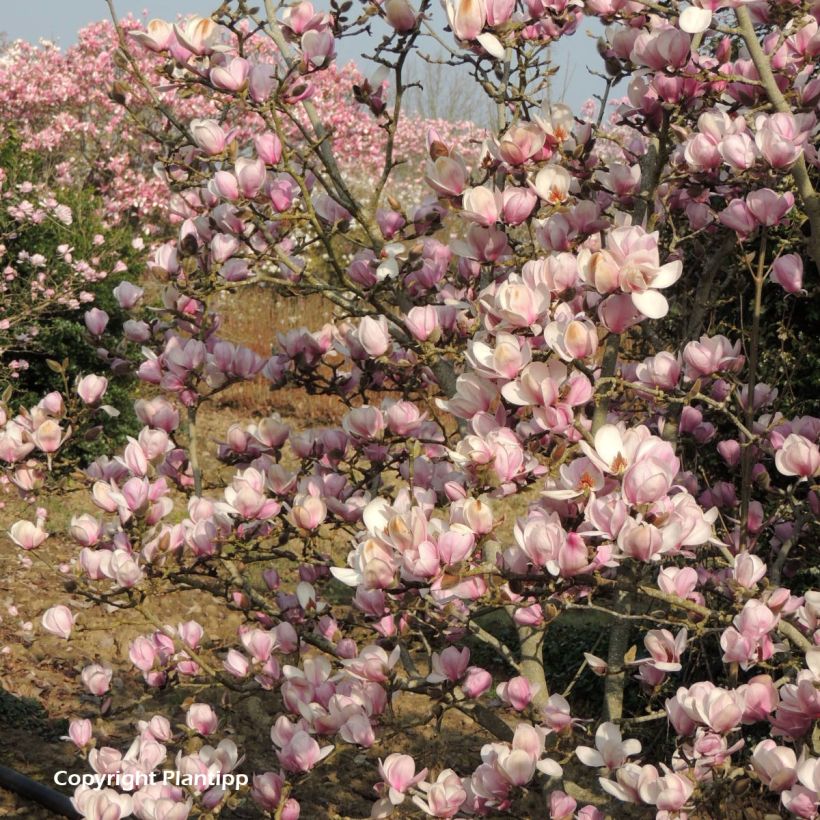

Plant habit
Flowering
Foliage
Botanical data
Magnolia
denudata
Festirose
Magnoliaceae
Yulan Magnolia, Lily Tree
Cultivar or hybrid
Other Magnolia
Planting and care
The Magnolia denudata 'Festirose' likes a rich, slightly acidic soil with little limestone, and requires constant moisture throughout the year. It will appreciate a mulch of bark that will maintain a certain level of humidity at its base. A sunny or partially shaded exposure will suit it, in a sheltered position, protected from strong dry winds in order to prolong its flowering.
Not liking to be disturbed, it is important to choose the right location from the start and not plant it too deep. The fragile and shallow roots leave little room for vegetation under the branches. Only a few low-growing perennial ground cover plants or small spring bulbs can pleasantly complete the scene.
Plan for a pit 80 cm (31.5 in) in diameter and depth, with a supply of heather soil and compost. Be careful when installing it in the hole, so as not to break the fleshy but fragile roots. Immediate watering with non-limestone water (rainwater) helps to compact the soil around the roots and avoid air pockets that would harm them. During the first year of planting, the Magnolia requires watering once a week. It will appreciate an amendment once a year in spring.
Planting in limestone soil is not recommended, but if necessary, an oversized planting pit should be dug and your soil replaced with turf, pine bark, leaf compost, and heather soil.
Planting period
Intended location
Care
This item has not been reviewed yet - be the first to leave a review about it.
Haven't found what you were looking for?
Hardiness is the lowest winter temperature a plant can endure without suffering serious damage or even dying. However, hardiness is affected by location (a sheltered area, such as a patio), protection (winter cover) and soil type (hardiness is improved by well-drained soil).

Photo Sharing Terms & Conditions
In order to encourage gardeners to interact and share their experiences, Promesse de fleurs offers various media enabling content to be uploaded onto its Site - in particular via the ‘Photo sharing’ module.
The User agrees to refrain from:
- Posting any content that is illegal, prejudicial, insulting, racist, inciteful to hatred, revisionist, contrary to public decency, that infringes on privacy or on the privacy rights of third parties, in particular the publicity rights of persons and goods, intellectual property rights, or the right to privacy.
- Submitting content on behalf of a third party;
- Impersonate the identity of a third party and/or publish any personal information about a third party;
In general, the User undertakes to refrain from any unethical behaviour.
All Content (in particular text, comments, files, images, photos, videos, creative works, etc.), which may be subject to property or intellectual property rights, image or other private rights, shall remain the property of the User, subject to the limited rights granted by the terms of the licence granted by Promesse de fleurs as stated below. Users are at liberty to publish or not to publish such Content on the Site, notably via the ‘Photo Sharing’ facility, and accept that this Content shall be made public and freely accessible, notably on the Internet.
Users further acknowledge, undertake to have ,and guarantee that they hold all necessary rights and permissions to publish such material on the Site, in particular with regard to the legislation in force pertaining to any privacy, property, intellectual property, image, or contractual rights, or rights of any other nature. By publishing such Content on the Site, Users acknowledge accepting full liability as publishers of the Content within the meaning of the law, and grant Promesse de fleurs, free of charge, an inclusive, worldwide licence for the said Content for the entire duration of its publication, including all reproduction, representation, up/downloading, displaying, performing, transmission, and storage rights.
Users also grant permission for their name to be linked to the Content and accept that this link may not always be made available.
By engaging in posting material, Users consent to their Content becoming automatically accessible on the Internet, in particular on other sites and/or blogs and/or web pages of the Promesse de fleurs site, including in particular social pages and the Promesse de fleurs catalogue.
Users may secure the removal of entrusted content free of charge by issuing a simple request via our contact form.
The flowering period indicated on our website applies to countries and regions located in USDA zone 8 (France, the United Kingdom, Ireland, the Netherlands, etc.)
It will vary according to where you live:
- In zones 9 to 10 (Italy, Spain, Greece, etc.), flowering will occur about 2 to 4 weeks earlier.
- In zones 6 to 7 (Germany, Poland, Slovenia, and lower mountainous regions), flowering will be delayed by 2 to 3 weeks.
- In zone 5 (Central Europe, Scandinavia), blooming will be delayed by 3 to 5 weeks.
In temperate climates, pruning of spring-flowering shrubs (forsythia, spireas, etc.) should be done just after flowering.
Pruning of summer-flowering shrubs (Indian Lilac, Perovskia, etc.) can be done in winter or spring.
In cold regions as well as with frost-sensitive plants, avoid pruning too early when severe frosts may still occur.
The planting period indicated on our website applies to countries and regions located in USDA zone 8 (France, United Kingdom, Ireland, Netherlands).
It will vary according to where you live:
- In Mediterranean zones (Marseille, Madrid, Milan, etc.), autumn and winter are the best planting periods.
- In continental zones (Strasbourg, Munich, Vienna, etc.), delay planting by 2 to 3 weeks in spring and bring it forward by 2 to 4 weeks in autumn.
- In mountainous regions (the Alps, Pyrenees, Carpathians, etc.), it is best to plant in late spring (May-June) or late summer (August-September).
The harvesting period indicated on our website applies to countries and regions in USDA zone 8 (France, England, Ireland, the Netherlands).
In colder areas (Scandinavia, Poland, Austria...) fruit and vegetable harvests are likely to be delayed by 3-4 weeks.
In warmer areas (Italy, Spain, Greece, etc.), harvesting will probably take place earlier, depending on weather conditions.
The sowing periods indicated on our website apply to countries and regions within USDA Zone 8 (France, UK, Ireland, Netherlands).
In colder areas (Scandinavia, Poland, Austria...), delay any outdoor sowing by 3-4 weeks, or sow under glass.
In warmer climes (Italy, Spain, Greece, etc.), bring outdoor sowing forward by a few weeks.

































